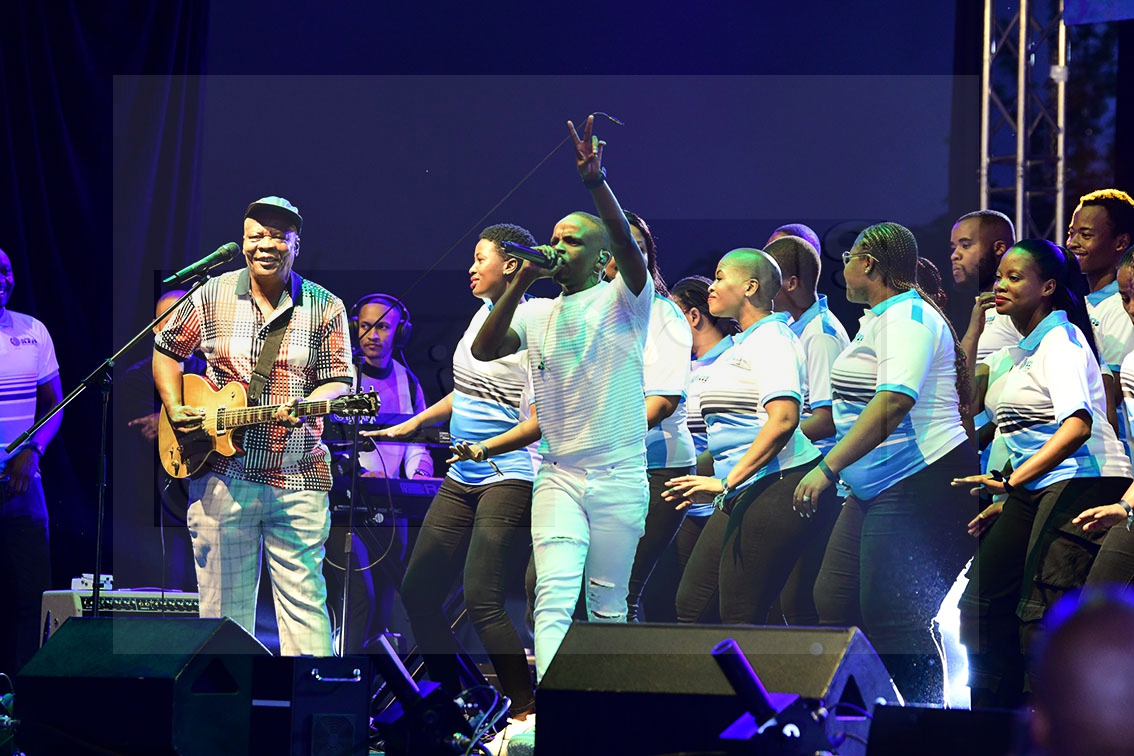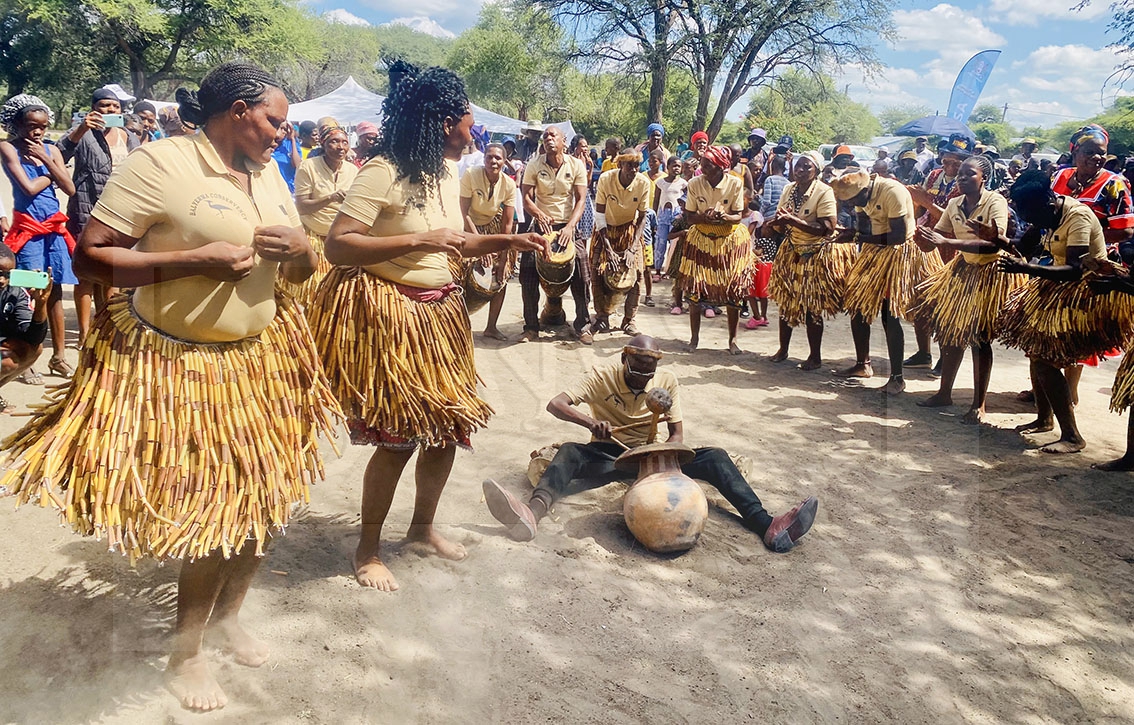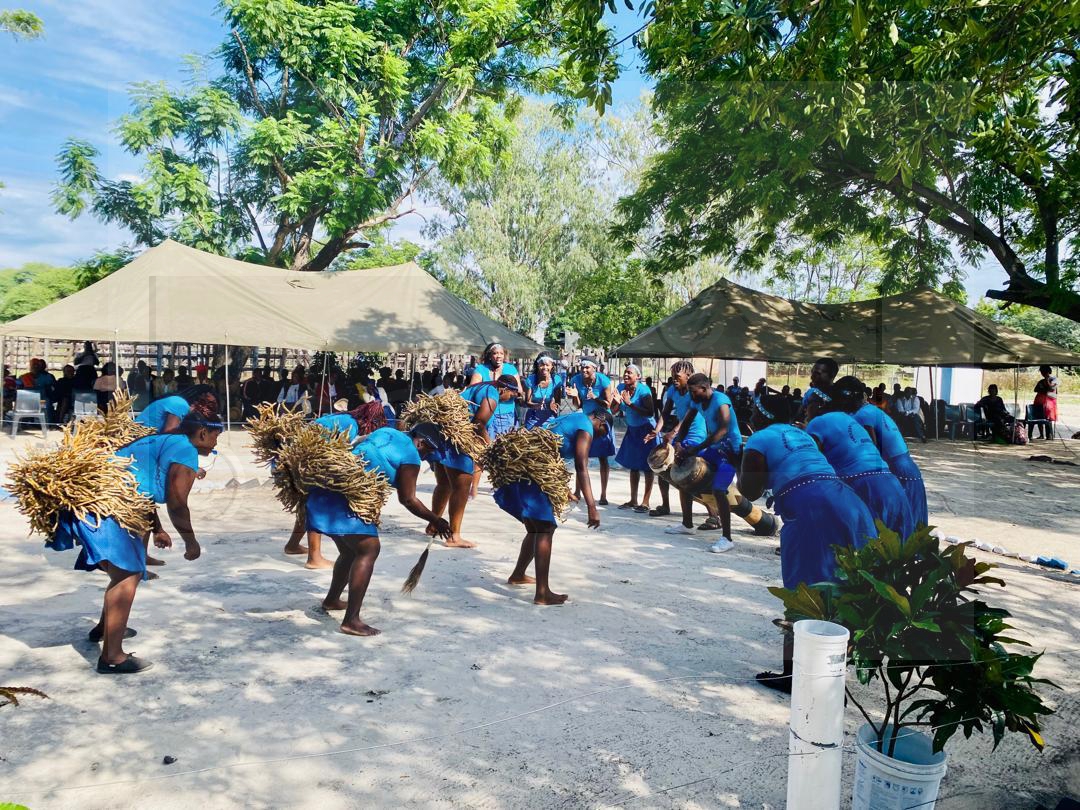Khama III Memorial Museum embarks on digitisation
03 Apr 2025
In the heart of Serowe sprawls Khama III Memorial Museum, located at the base of Thataganyane Hill with a bright red roof that holds stories about the nation.
The museum in collaboration with the University of Toronto Libraries has engaged in an innovative partnership to digitise, preserve and share its holdings with scholars around the world, while ensuring that the physical items remain at the museum.
In a recent interview, Khama III Memorial Museum’s Digital Project Implementing officer, Nametso Manyepedza said the University of Botswana’s Library and Information Studies department would assist with experts in the field of digitisation while the University of Toronto was funding the project that would start by digitising Kgosi Khama III, Kgosi Sekgoma II and Kgosi Tshekedi Khama historical documents.
The documents include letters of Botswana World War II veterans that were sent to Kgosi Tshekedi Khama during the war. Manyepedza said the move was to ensure that important collections were preserved and accessed in a secure and hosting platform.
Furthermore, she argued that the initiative strengthened cultural education, supported policy advocacy for heritage preservation at a national level and most importantly, helped to position Botswana as a trailblazer in the space of digital heritage management. She also said the project resonated well with the newly established Botswana Data Protection Act of 2024 that sought to safeguard personal information. Manyepedza opined that integrating the act into the project helped to ensure compliance and protect personal information.
A recent issue of University of Toronto journal was quoted as saying the project covered a collection dating from 1876 to 1959, including government letters, invitations and photos that documented Botswana’s journey to self-determination. It further said that the two-year project funded by the University of Toronto would digitise 100 000 items in total, providing long term-preservation and global research access.
Museum curator, Gase Kediseng concurred with the journal in that the project that started in March, was expected to be complete after two years, the digitisation process taking shape in two different stages. She said such would involve needs assessment, to identify those documents that needed conservation, a process that would be done by the University of Botswana and some documents still in good condition would be digitised straightaway.
“Digital cataloguing and metadata creation as well as cyber security and data protection as well as training and capacity building for museum staff were the phases expected during the project implementation,” said Kediseng said, explaining that as for hardcopy documents, the museum safeguarded such treasures in fire-proof and flood-proof vaults.
She spoke of the need to further reinforce safeguarding of treasuries through erecting fire-proof buildings using effective fire-resistant interiort wall finish materials such as gypsum board or drywall. Underscoring the economic value of the project, she said that it would contribute significantly to the economy because the museum was a pivot to research needed to aid economic performance. It would also contribute to tourism as a source of revenue.
Moreover, she said museums had potential to impact lives in a positive way and also helped people have a deeper understanding of culture and cultural heritage, inspired a sense of pride and bonded communities together. ENDS
Source : BOPA
Author : Keith Keti
Location : Serowe
Event : Interview
Date : 03 Apr 2025







